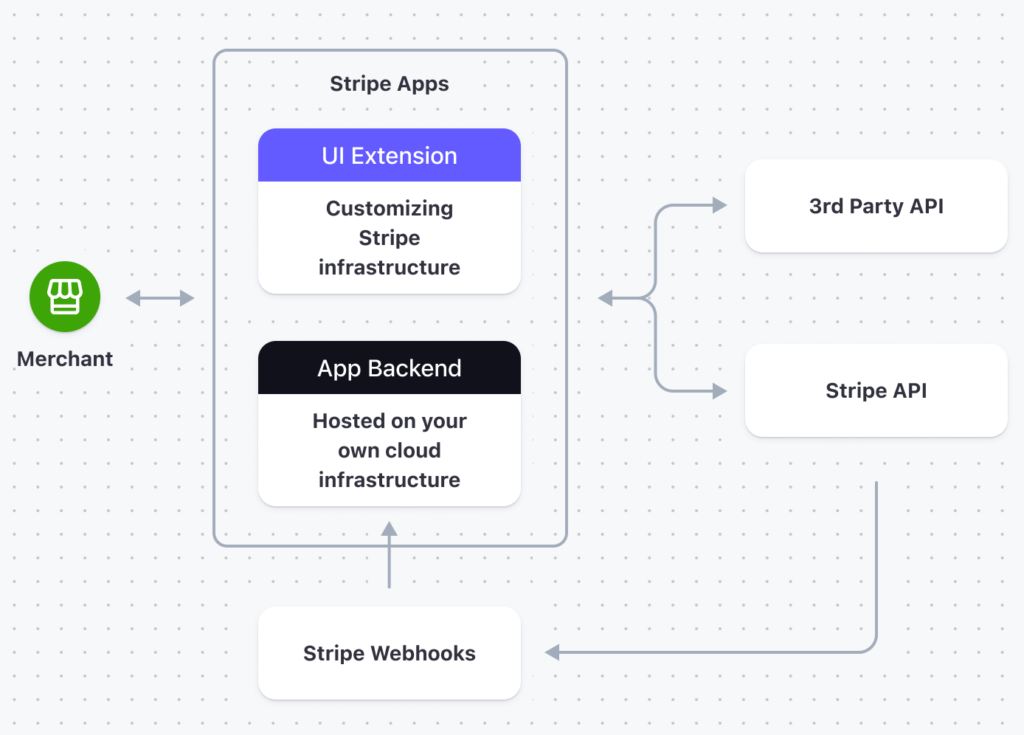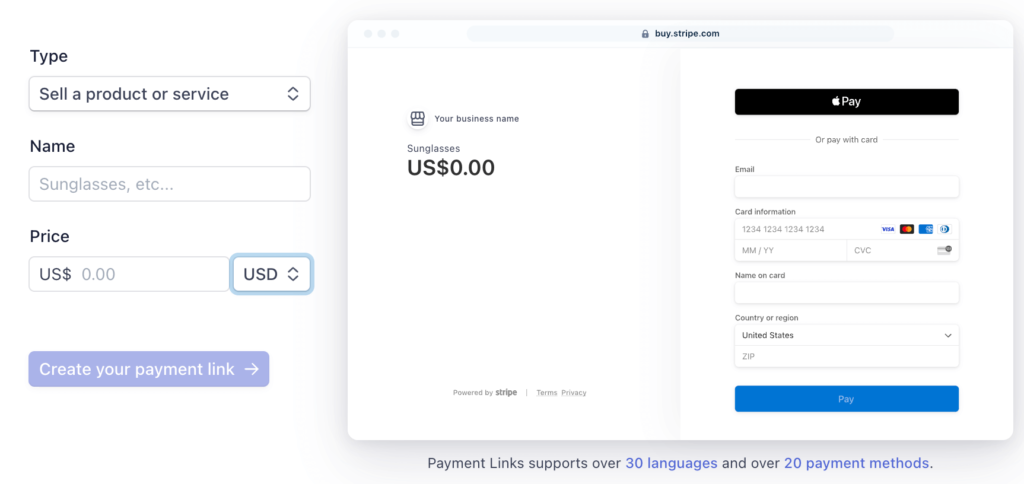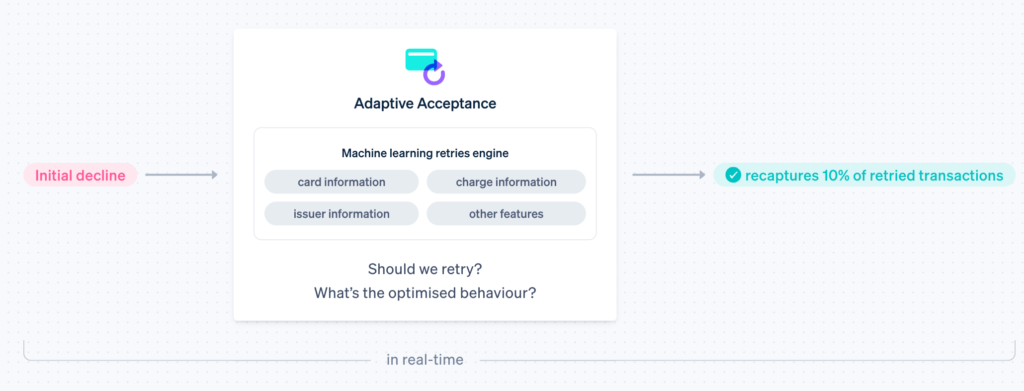Three Reasons to Choose Stripe for Payment Automation
Seamless payment processing is an integral part of business success. Finding an efficient, secure and highly configurable payment platform that can be directly integrated with your app is crucial. Enter Stripe – a robust payment processing platform, renowned for its comprehensive suite of APIs and unrivalled flexibility. To kick-start our series on payment automation with Stripe, we’re going to explore why Stripe stands head and shoulders above its competition and why it’s quickly becoming the preferred choice for developers and businesses alike.
This post marks the beginning of our series called A Pragmatic Guide to Efficient Payment Automation with Stripe.
Disclaimer: I am not affiliated with Stripe. All insights shared in this article are based on my personal experience and opinions.
Stripe is a cutting-edge payment processing service tailored for businesses of all sizes, from new startups to large enterprises. At its core, Stripe facilitates the acceptance of online payments by providing a seamless, secure, and efficient gateway for transactions.
Table of Contents
- Payment as a Service
- API First Approach
- Top Three Reasons to Choose Stripe for Payment Automation
- Easy Integration
- Advanced Reporting and Analytics
- Diverse Payment Options
- Summary
Payment as a Service
As a platform, Stripe provides an extensive suite of features ranging from one-time payments to complex billing scenarios, subscription models, and secure financial transactions.
Stripe’s key services include:
- Processing payments: Accepting and managing online payments.
- Billing and Subscriptions: Providing tools for subscription and billing management.
- Connect: A platform for marketplaces and platforms to accept money and pay out to third parties.
- Radar: Fraud detection and prevention infrastructure.
- Atlas: A toolkit to help startups incorporate in the US more easily.
- Issuing: Creating and managing physical and virtual cards.
- Terminal: In-person payment infrastructure.
All of these point to the concept of Payment as a Service where Stripe handles complex financial flows so that businesses can focus on their core products.
API First Approach
One of Stripe’s notable strengths lies in its developer-centric approach. Stripe offers a comprehensive toolkit designed to simplify integration with the platform and making it your own. It includes ready-made UI components that can be easily plugged into websites or mobile applications. Backend developers will appreciate an extensive library of APIs. These are available in several programming languages, including Java, Ruby, Python, JavaScript (Node), or PHP, ensuring that developers can work in their language of choice without compromising functionality or efficiency.
Top Three Reasons to Choose Stripe for Payment Automation
In my opinion, Stripe stands out as a great choice for the following reasons:
- Easy integration
- Advanced reporting and analytics
- Diverse payment options
Let me expand on each of them in the sections below.
Easy Integration
First and foremost, it’s the developer-friendly APIs for me. Stripe provides well-documented APIs that allow developers easily add payment processing into their applications or websites. These APIs are designed to reduce the amount of time and code required to get started. As a developer, I particularly appreciate Stripe SDK that wraps around API calls and handles the most common use cases for me.

If you you’re on a shoestring budget, or a non-tech company, you will appreciate pre-built integrations. For businesses without dedicated development teams, Stripe offers a range of pre-built integrations and plugins for popular e-commerce platforms and website builders like Shopify, WooCommerce, and WordPress. This makes it easy to add Stripe without writing any code.

Advanced Reporting and Analytics
I’m not a data analyst, nor am I well versed in finance. Perhaps that’s why I appreciate Stripe’s intuitive dashboard with real-time reports and data insights about transactions. This information is crucial for making informed business decisions and understanding your cash flow.
Stripe allows for easy data export and integration with other tools and accounting software. This ensures that financial reporting fits seamlessly into your existing business operations and workflows.
Beyond basic reporting, Stripe offers advanced analytics and machine learning tools to help you understand payment performance, identify trends, and understand checkout experience of your customers. This includes insights into failed transactions and suggestions for reducing declined payments.

Diverse Payment Options
Stripe supports both one-time payments and subscription models with recurring billing. This flexibility helps accommodate different types of transactions without needing separate systems.
Another benefit of choosing Stripe is localization. Stripe supports processing payments in over 135 currencies, allowing businesses to charge customers in their local currency while receiving funds in their account’s primary currency. This helps reduce friction due to currency conversion and keeps buyers happy by letting them purchase in their local currency.
Summary
In summary, Stripe’s easy integration, advanced reporting and analytics, and diverse payment options provide a powerful, comprehensive solution for businesses looking to automate their payment systems. These features are designed to support businesses of all sizes, from startups to large enterprises, ensuring smooth payment processes and operational efficiency.
Stay tuned for the next installment of our series, where we will set up a project and integrate it with the Stripe Java library. We’ll learn how to configure our environment and securely store our API credentials.






